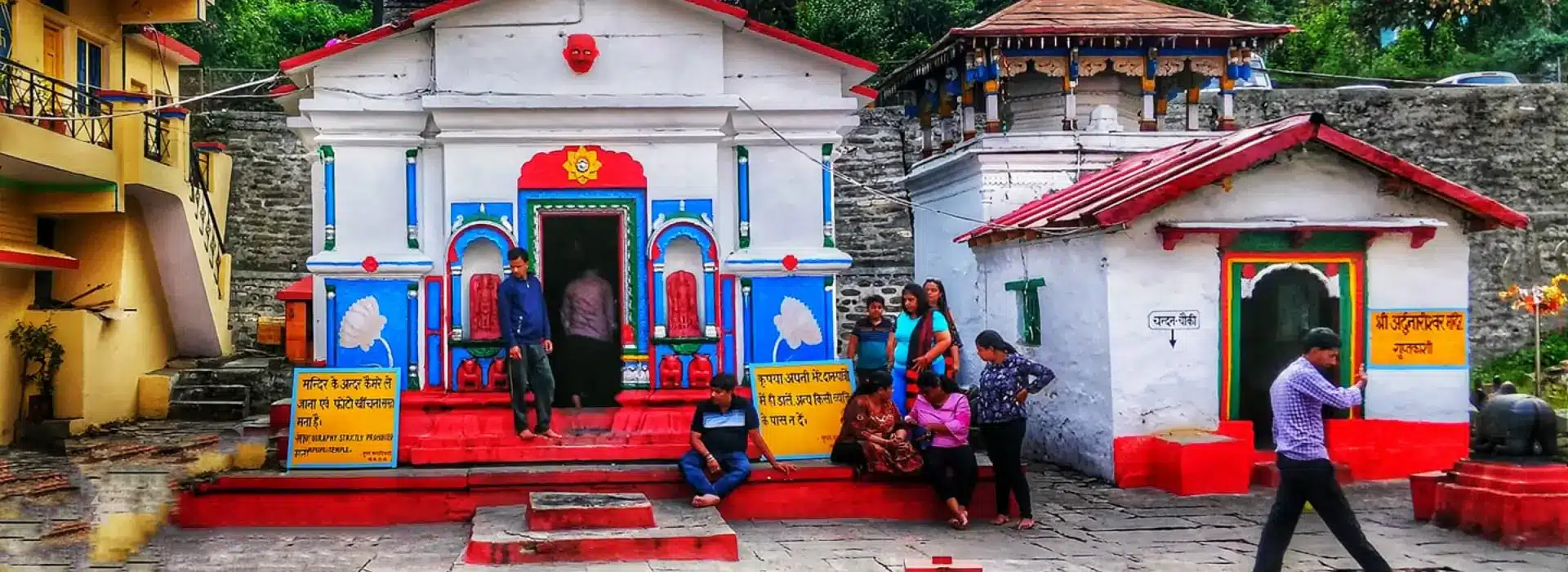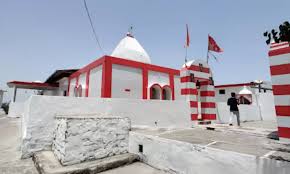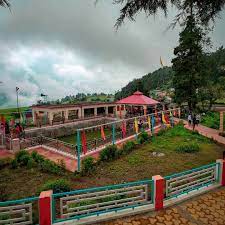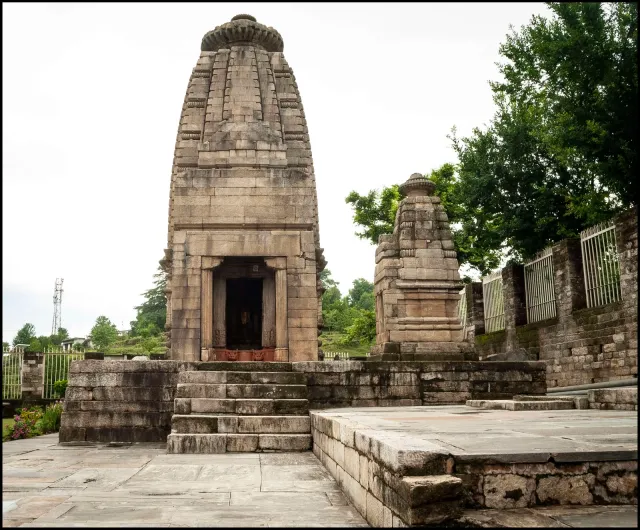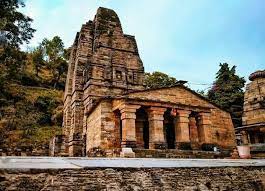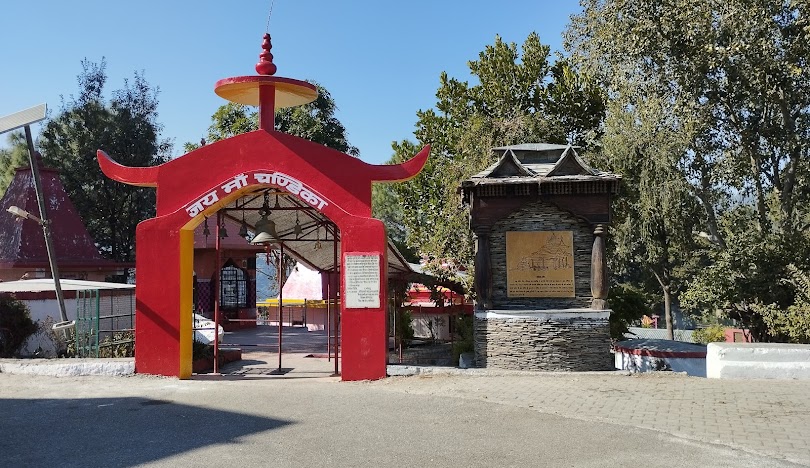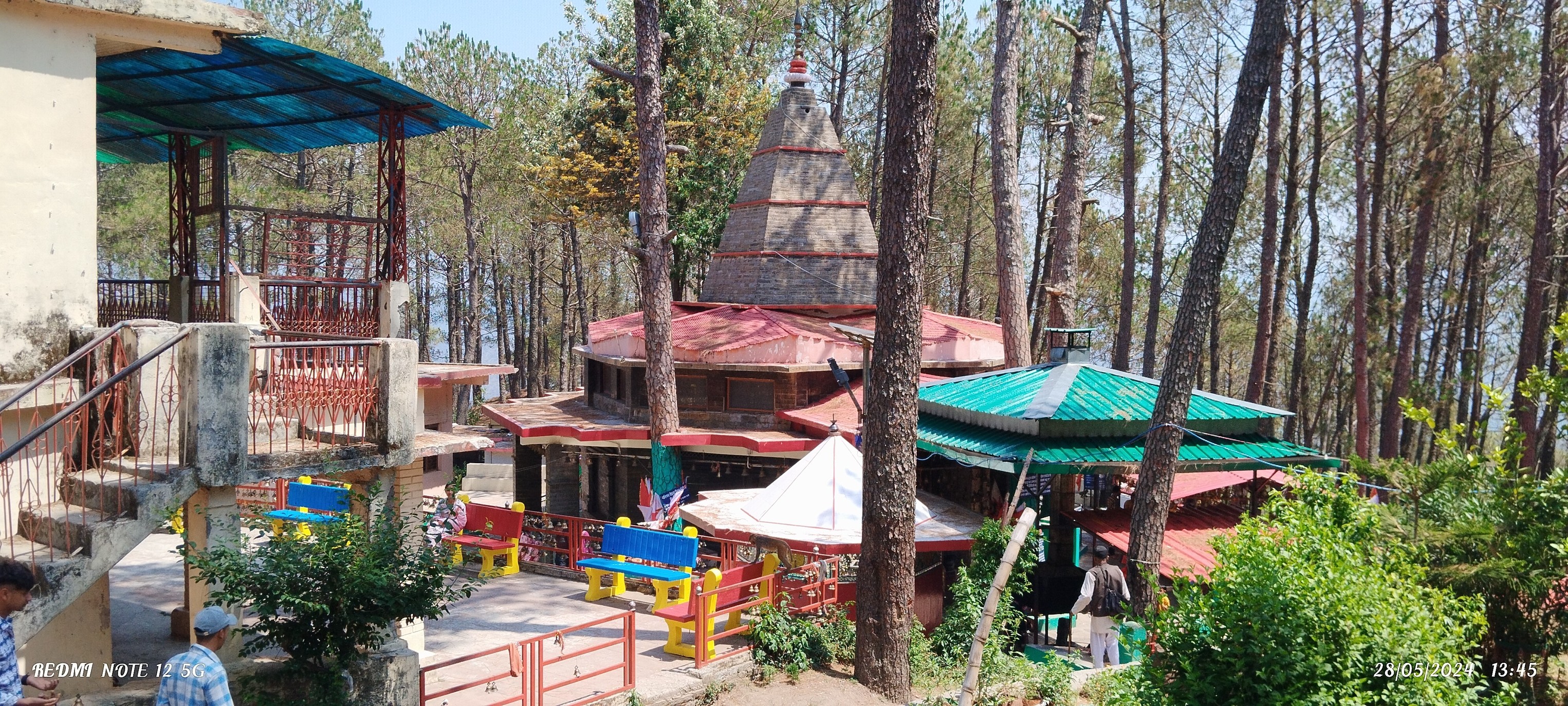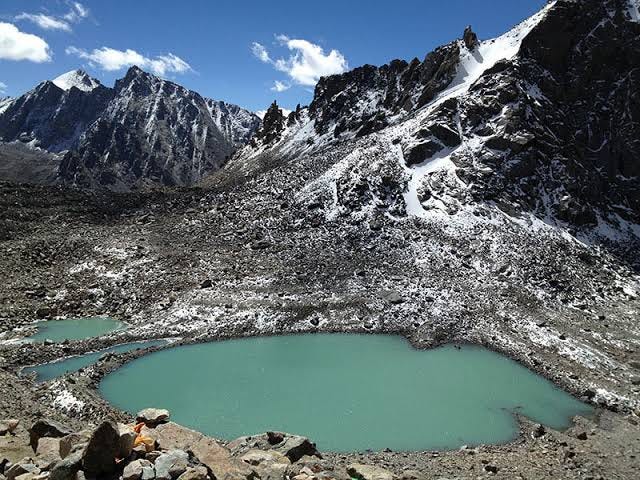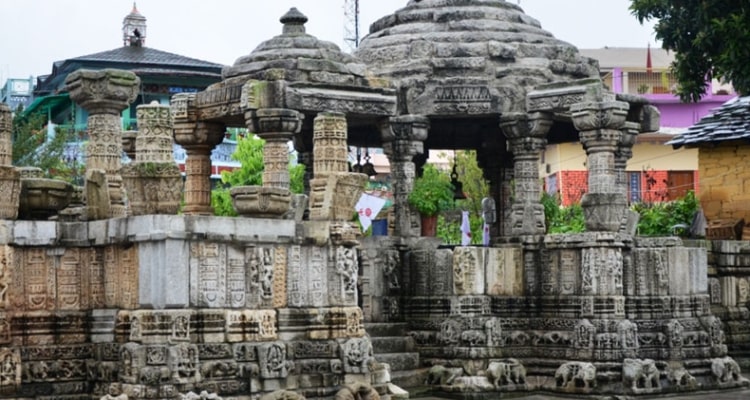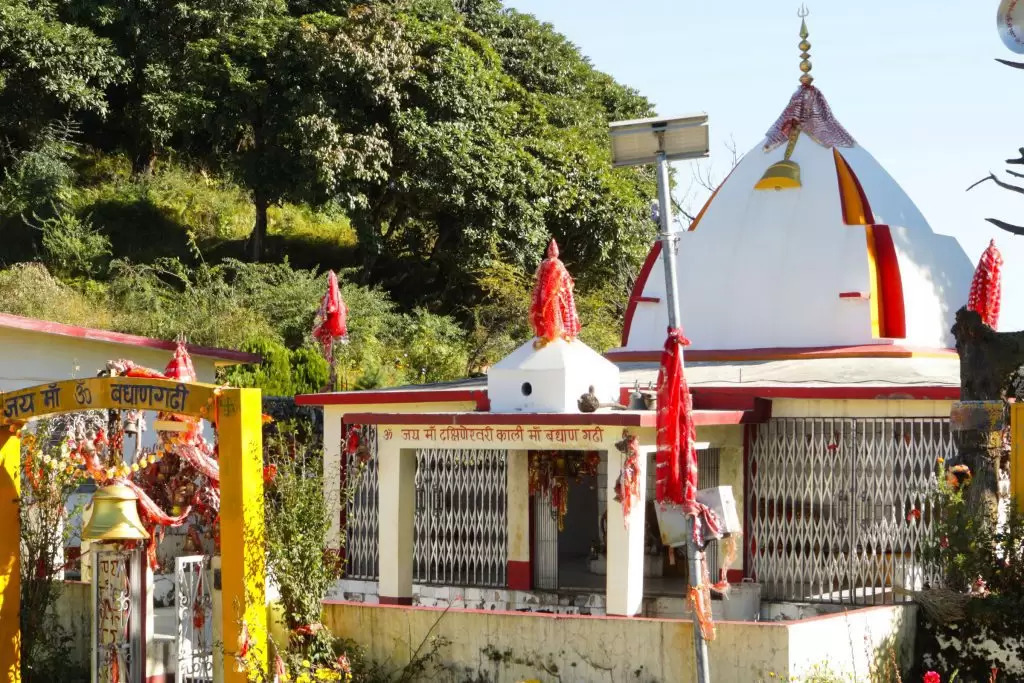On the Char Dham path, each curve in the road is a story. Some are like milestones, some are like silent stops. Guptkashi (गुप्तकाशी), nestled at the banks of Mandakini (मंदाकिनी नदी) with the snow-capped face of Chaukhamba (चौखम्बा पर्वत) in the distance, falls within the 2nd category. It is a metropolis that slows you down, which tells you to step aside from the hustle closer to Kedarnath and spend time with Lord Shiva at Vishwanath Temple (विश्वनाथ मंदिर).
A Town That Hides and Reveals
The name Guptkashi means “Hidden Kashi.” Local lore says Shiva once took safe haven here, hiding from the Pandavas after the war of Kurukshetra. The Pandavas wanted forgiveness, but Shiva slipped away. That hiding gave this town its name Gupt (hidden) and Kashi (Varanasi).
The town itself feels authentic to the name. Not loud, now not moved quickly. Terraced fields line the slopes, children walk home with books slung across their shoulders, and the clang of temple bells drifts through the air. And usually, the sound of the Mandakini, sporting the rhythm of the valley.
The Temple Itself
At its core is the Vishwanath Temple. It is neither large nor high, but constructed in a solidity which is bestowed only by centuries. Stone walls, a tapered shikhara (शिखर), and within, the sanctum in which rests the शिवलिंग.
Pilgrims come here first, their heads touching, whispering mantras. Nandi is seated facing Shiva. Sanctum is dark, with camphor and incense scents. Soft chanting by priests, striking of bells, pilgrims' voices rising and falling.
Step outside, and in front of you is the visage of Chaukhamba shining in the sun. What a contrast between the dark inner sanctum and scorching peaks, as if Shiva is concealed and revealed at once.
Ardhanarishvara: Balance in Stone
What is unique about this temple is its link with Ardhanarishvara (अर्धनारीश्वर) that form in which Shiva and Parvati coexist in a half-male/half-female form. It is not an emblem. It is a disclosure about a balance, about a coming together of शक्ति (Shakti) and शिव (Shiva). Couples are regular visitors, coming to pray here in hopes of harmony in married life as well as longevity in living together.
The Nearby Kund
Just beside the temple lies Manikarnika Kund (मणिकर्णिका कुंड). Locals believe its waters are blessed by both the Ganga and Yamuna. Pilgrims sprinkle a few drops on their heads, and some sit quietly by the steps. The surface reflects the sky, broken only by ripples of the breeze.
Melas in Guptak
On शिवरात्रि (Shivratri), Guptkashi gets up early. Long lines of devotees carrying दूध (milk), बेलपत्र (bel leaves), and flowers march towards the temple. Chanting of "हर हर महादेव" is heard coming from the streets, accompanied by drums as well as temple bells.
During the month of सावन too, the temple is at the centre of worship. People come from villages around, there are fairs in the streets, and music in the valley. It is less like a festival organised for outsiders for travellers and more like worship integrated into life itself.
The Gateway to Kedarnath
For most pilgrims, a stay for a night is a stoppage before heading towards Kedarnath. The rooms are basic, the food is simple, but what is needed is rest. Most feel that if you do not stop here, you have not completed the journey to Kedarnath. Evenings spent in aarti at Vishwanath Temple are especially effective the lamps lighting up, bells ringing, and Mandakini flowing calmly below.
Guides are known to assert, "यहाँ रुककर दर्शन किए बिना केदारनाथ यात्रा अधूरी है" (without darshan here, the Kedarnath yatra is incomplete). And the pilgrims acquiesce without coercion, for the peace at Guptkashi persuades them.
For People Who Travel
It is not difficult to get to Guptkashi. Jeeps and buses connect it with Rishikesh, Rudraprayag, and Gaurikund. Nighttimes are crisp even in summertime, so bundle up. Lanes are narrow with shops for prayer beads, copper items, and cups of piping hot chai. Children dash around unrestrained, old men sit outside visiting, and cows stroll around.
It is not a location for hurrying past. A slow pacing around its streets, a still sit by its river, a few minutes in the temple courtyard these suffice.
Why This Temple Matters
The Himalayas are home to innumerable temples, each playing its own part. Guptkashi's Vishwanath Temple might not compete in stateliness with Kedarnath or in reputation with Varanasi, but it carries an inner power within it. It links the plains with the peaks, the unseen with the seen. Sit for a moment in its courtyard. Notice how the evening sun falls upon Chaukhamba. Hear the bells. Breathe in incense-scented heavy air and cool breeze blowing in over the river. Then you'll understand why pilgrims stop here, why they return.

